Hi there, pet lovers! 🐍
Few snakes command as much awe—and caution—as the Bushmaster (Lachesis muta). This magnificent, venomous giant is the longest viper in the world, a master of stealth, and a creature that demands respect. While its striking appearance and fascinating behavior captivate reptile enthusiasts, the Bushmaster is not a pet for the faint of heart—or the inexperienced.
In this comprehensive review, we’ll explore everything you need to know about the Bushmaster, from its natural history and temperament to the immense challenges of keeping one in captivity. Whether you’re a seasoned herpetologist or simply intrigued by this legendary snake, this guide will provide the essential details to understand why this species is best admired from a distance.
Overview
The Bushmaster is a large, venomous pit viper native to the rainforests of Central and South America. Known for its impressive size, heat-sensing pits, and potent venom, this snake is as dangerous as it is mesmerizing. Here’s a quick summary of what makes the Bushmaster unique:
- Handling and Temperament: Highly defensive when threatened, but can be deceptively calm.
- Care and Maintenance: Extremely demanding, with strict humidity and temperature needs.
- Health and Durability: Sensitive to environmental changes; prone to stress and illness in captivity.
- Availability: Rare in the pet trade, mostly wild-caught, with few captive-bred specimens.
- Cost: Expensive to acquire and maintain, with specialized housing and safety requirements.
Overall: The Bushmaster is not a suitable pet for most keepers. It is best left to experts, researchers, and those with extensive venomous snake experience.
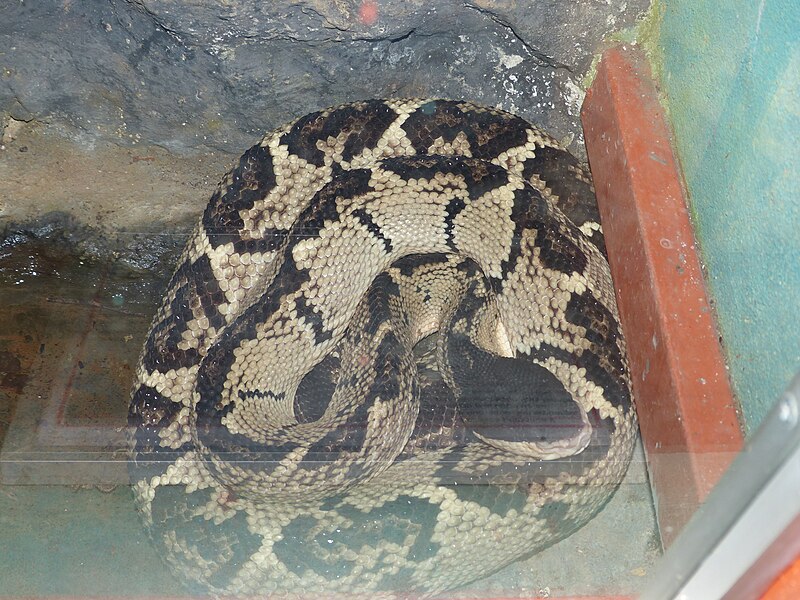
Why Choose a Bushmaster?
For the right person—someone with years of venomous snake experience, proper licensing, and secure facilities—the Bushmaster represents one of the most elite and challenging reptiles to keep. Its sheer size, striking appearance, and rarity make it a prized specimen among serious collectors.
However, for the average reptile keeper, the risks far outweigh the rewards. A single bite can be fatal, and the snake’s specialized care requirements make it a poor choice for casual hobbyists.
Handling and Temperament
A Snake of Contradictions
The Bushmaster has a reputation for unpredictability. While some individuals remain calm and motionless when approached, others can strike with lightning speed when threatened. Unlike rattlesnakes, which often rattle as a warning, Bushmasters rely on camouflage and stillness—making them even more dangerous to the unwary.
Strike Range and Venom Potency
- Strike Distance: A large Bushmaster can lunge over half its body length, making it one of the most formidable striking snakes.
- Venom Effects: A bite delivers a hemotoxic and neurotoxic cocktail, causing tissue destruction, paralysis, and systemic collapse. Without immediate antivenom, envenomation is often fatal.
Handling? Not Recommended.
Unlike docile pet snakes, the Bushmaster should never be handled freely. Even experienced keepers use long hooks, tongs, and strict protocols when moving them. One mistake can be deadly.
Care and Maintenance
Enclosure Setup
- Size: A minimum 8x4x4 ft enclosure is needed for an adult—this is not a snake for small spaces.
- Substrate: Dry coconut fiber or paper towels to prevent fungal infections (“red belly” syndrome).
- Climbing & Hiding: While not arboreal, they need secure hides and sturdy branches for enrichment.
- Security: Locking mechanisms are non-negotiable—escapes are a life-threatening risk.
Humidity and Temperature
- Humidity: 60-80%, but the enclosure must dry out between mistings to prevent fungal growth.
- Temperature: 72-78°F (22-26°C), with a slight nighttime drop. Overheating is deadly.
Feeding
- Diet: Primarily rats and other small mammals in captivity.
- Feeding Response: Extremely aggressive—mistaken strikes on handlers are a major risk.
- Frequency: Adults eat every 2-3 weeks; juveniles more frequently.
Lighting
- No UVB required, but a natural day/night cycle helps regulate behavior.

Health and Durability
Common Health Issues
- Respiratory Infections (from incorrect humidity).
- Scale Rot & Fungal Infections (from excessive moisture).
- Stress-Induced Anorexia (common in wild-caught specimens).
Lifespan
- Wild: Unknown, but likely 10-15+ years.
- Captivity: Few survive long due to stress and improper care.
Availability and Cost
Where to Find One (If You Must)
- Breeders: Extremely rare; most available Bushmasters are wild-caught imports.
- Legal Restrictions: Many countries/states ban private ownership of venomous snakes.
Upfront Costs
- Snake: $2,000–$10,000+, depending on rarity.
- Enclosure & Equipment: $1,000–$3,000 for proper setup.
- Safety Gear: $500+ for hooks, bite-proof gloves, and emergency protocols.
Pros and Cons
Pros
- One of the most impressive vipers in existence.
- Fascinating behavior for advanced keepers.
- Extremely rare in captivity, making it a “holy grail” snake.
Cons
- Deadly venom—no room for error.
- Extremely difficult to keep alive in captivity.
- Wild-caught individuals often fail to thrive.
- Illegal to own in many places.

Final Thoughts
The Bushmaster is not a pet—it is a high-stakes commitment that should only be considered by professionals with the proper training, permits, and facilities. For everyone else, this snake is best appreciated in the wild or through responsible ecotourism.
If you’re determined to work with venomous snakes, we strongly recommend starting with less lethal species (like some non-venomous large constrictors) before even considering a Bushmaster.
Would you ever consider keeping a Bushmaster? Let us know in the comments—and for more expert reptile insights, stay tuned for our next deep dive into the world of exotic pets! 🐍

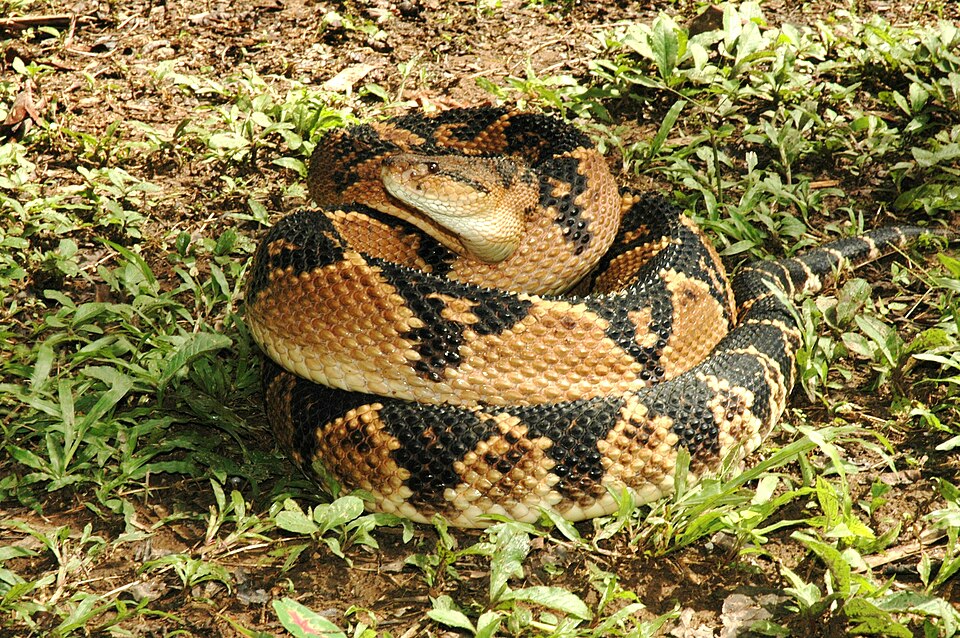


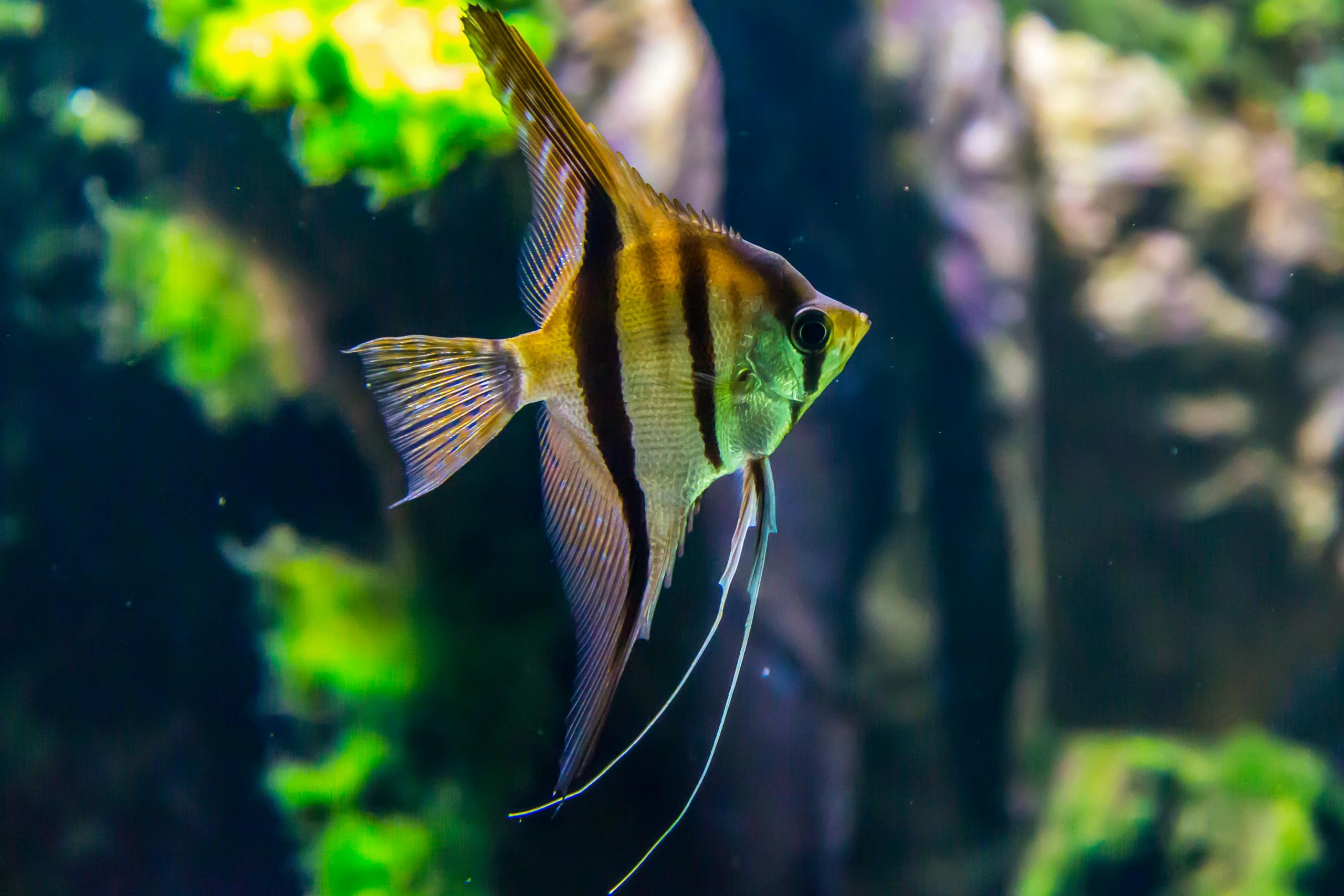
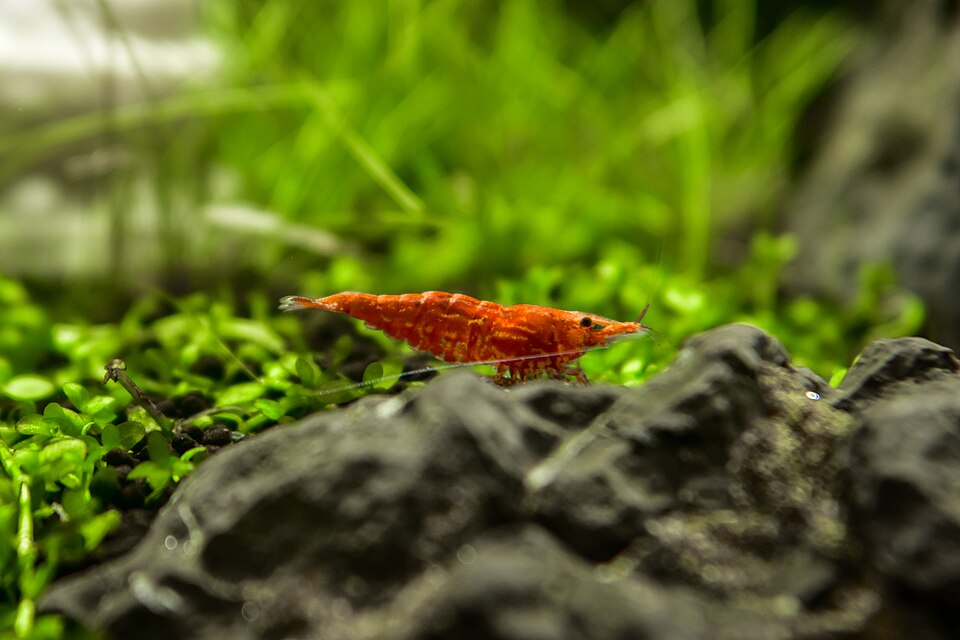

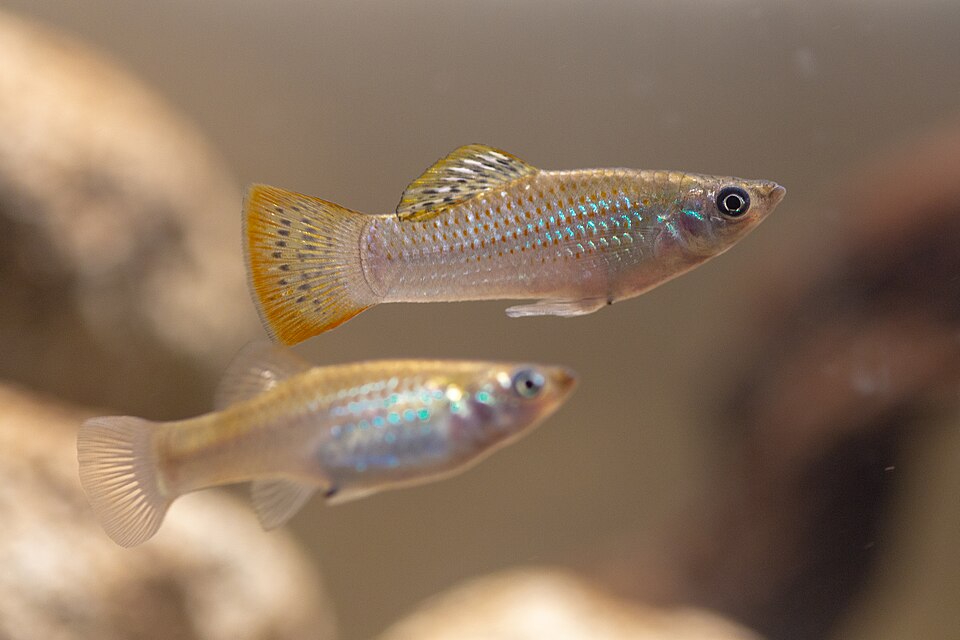
Leave a Reply